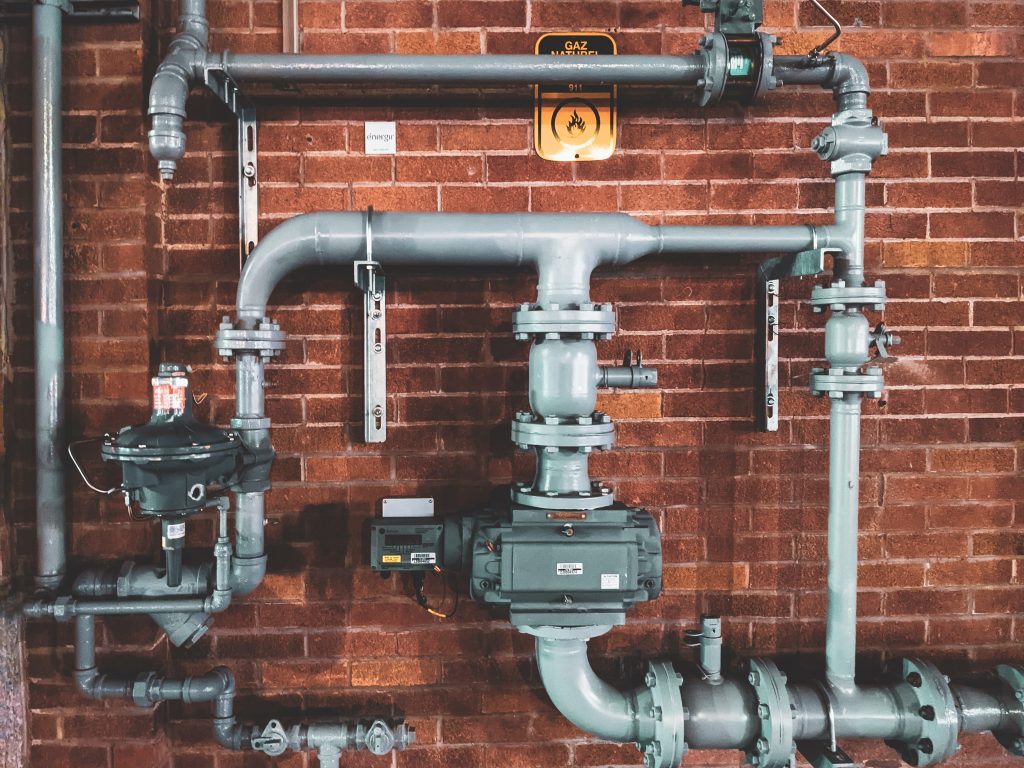5 most common mistakes when installing a backflow preventer. Many problems can result from the improper installation of a backflow preventer device, including high recurring maintenance costs, or insufficient protection with respect to the risk level. Here are the 5 most frequently encountered errors:
-
Backflow preventer device installed at more than 5 feet:
The device must be installed lower than 5 feet from the ground, in order for testing, maintenance and repair to be done in optimal and safe conditions for the verifier. In addition, relocate a device that is installed too high to ensure safety and accessibility. If this is not possible, then provide a safe platform to eliminate the risk of the tester falling.
-
Reduced pressure backflow preventer device (RP) specification not met:
Proper installation of an RP must take into account the presence of a nearby drain, as the relief valve could leak for a variety of reasons. To avoid major water damage, connect the exhaust port directly to a drain pipe. In addition, it must end with an indirect connection above the floor drain. Also, the piping leading to the drain must be of adequate size. The installation of the air gap under the pressure relief valve is mandatory and must be carried out using the fitting provided by the manufacturer. This will ensure that it is the correct size for the return piping. For discharge to the floor drain, an air gap is mandatory.
-
No Y-strainer upstream:
Debris can sometimes be found in the water system. If these debris get stuck in the device, they can damage and render the device inoperable. To prevent this, it is recommended to install a Y-strainer upstream of the device. This protects the device, increases its efficiency; thus reducing premature wear and the contamination risks.
-
Clearances not respected:
The device must be installed in an easily accessible place to facilitate inspection, field testing and maintenance. When clearances are not respected, test cocks may be out of reach. A sufficient space must be provided to work with your hands and use tools, to extract defective parts and to inspect and clean the backflow preventer internal parts.
-
Backflow preventer device installed vertically with water flow direction downward:
The majority of devices are not approved to be installed vertically with the water flow direction downward. The weight of the water column in the pipe could prevent proper closing of the check valves in the event of siphoning or back pressure.
Need help installing a backflow preventer ? Ask our experts
